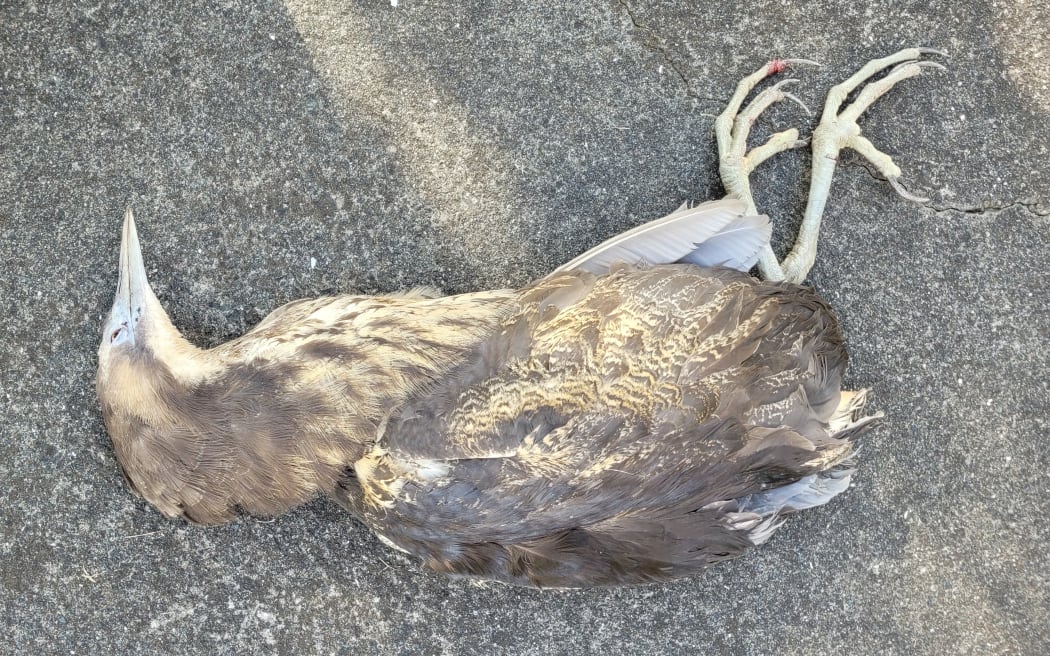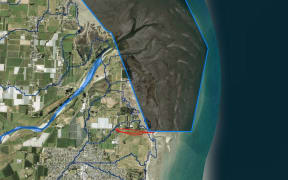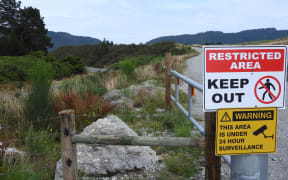
A male matuku-hūrepo/Australasian bittern killed on State Highway 12 near Dargaville. Photo: Reuben Booth / DOC
"Slow down" is the message to Kaipara motorists, after two extremely rare Australasian bitterns were killed by cars.
The critically threatened birds, also known as matuku hūrepo, were found just metres apart on State Highway 12 near Dargaville over recent weeks.
Department of Conservation (DOC) senior biodiversity ranger Reuben Booth said it was likely the birds were catching skinks on the roadside when they were hit.
He pleaded with drivers to keep an eye out for the tall, brown-and-white speckled birds, especially where the road passes wetlands, their favoured habitat.
Booth said the bittern was so rare, the loss of even two birds could affect the species' chances of survival.
The most recent deaths occurred on a stretch of State Highway 12 between Rotu Forest and Maitahi Rd, about 15km north of Dargaville.
"There have been several sightings of these rare birds in this area in the last couple of months," Booth said.
"Another bird was seen by a DOC ranger on her way to work and she was able to park her car and chase it off the road on foot in time to prevent the bittern being struck by a car."
In 2012, a dead matuku hūrepo was found on the same section of highway.
Another hotspot for the birds is the road to Pouto Peninsula, close to State Highway 12.
A necropsy on one of the birds confirmed it had been killed by vehicle strike.
Its stomach contained several skinks, Booth said.
"We suspect these birds have been feeding on reptiles on the roadside, putting them at risk from vehicles.
"We're asking drivers to be very vigilant and slow down if there are any sign of wildlife near the road."
When threatened, the bittern typically stood still with its long neck stretched out and beak pointing upwards, allowing it to blend in with the reeds it usually lived among.
Booth said that was an effective strategy in a wetland when avian predators threatened, but it was no help on the road.
Colin French, a kaitiaki for local hapū Te Uri o Hau, said the matuku hūrepo was a rare taonga species.
"Slow down, they won't always run, as sometimes they will stand still like a stick as a defence mechanism to camouflage themselves from predators or threats," French said.
Bitterns spend much of their time in wetlands, where they are masters of camouflage and hence rarely seen.
They have an unusual, distinctive booming call.
DOC has partnered with Te Uri o Hau and Te Roroa iwi in an effort to protect and better understand the species.
The Australasian bittern is classed as nationally critical, with 1000 or fewer birds left nationwide.
Loss of wetland habitats is a major reason for their decline.
Anyone who finds a dead or injured bittern should phone the DOC hotline 0800 DOC HOT (0800 362 468).





